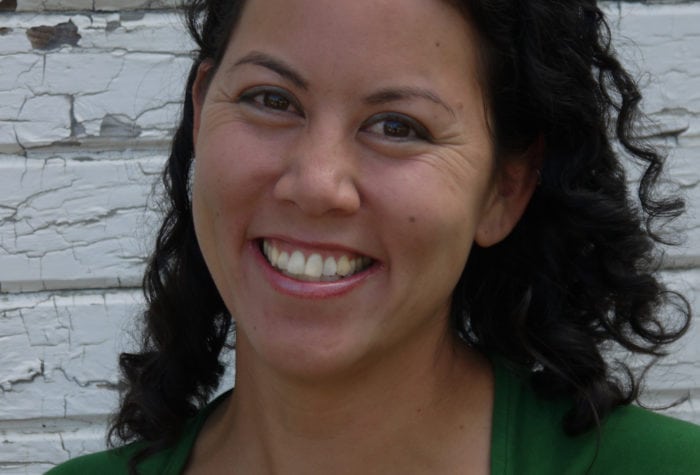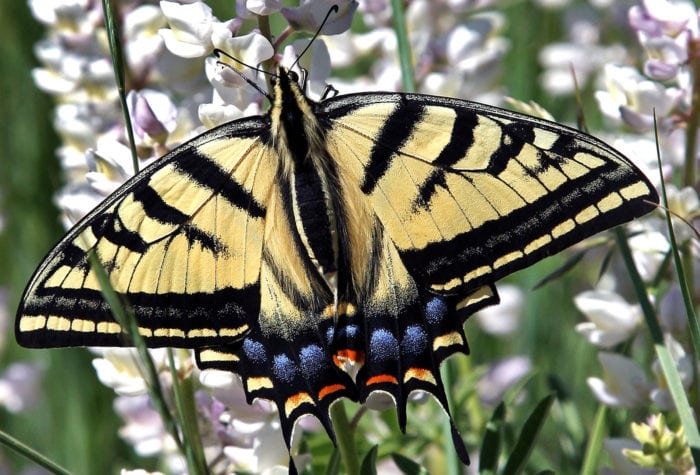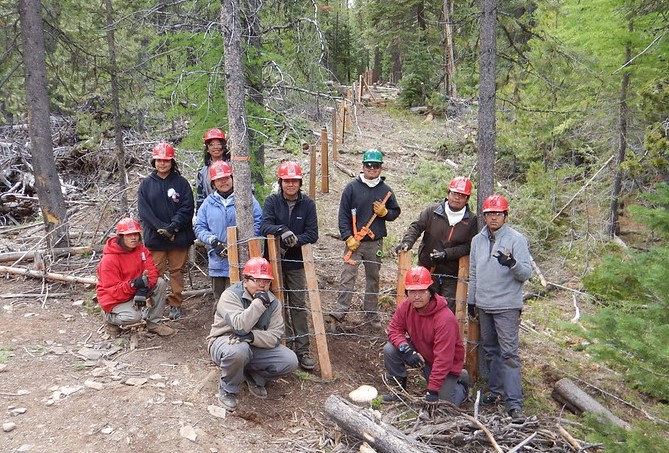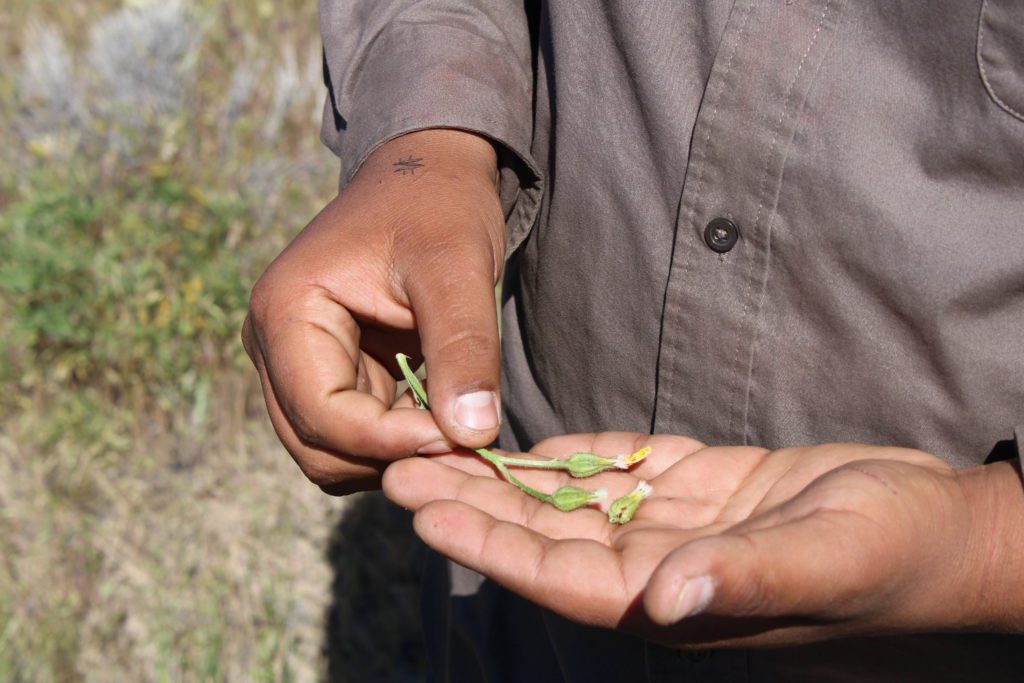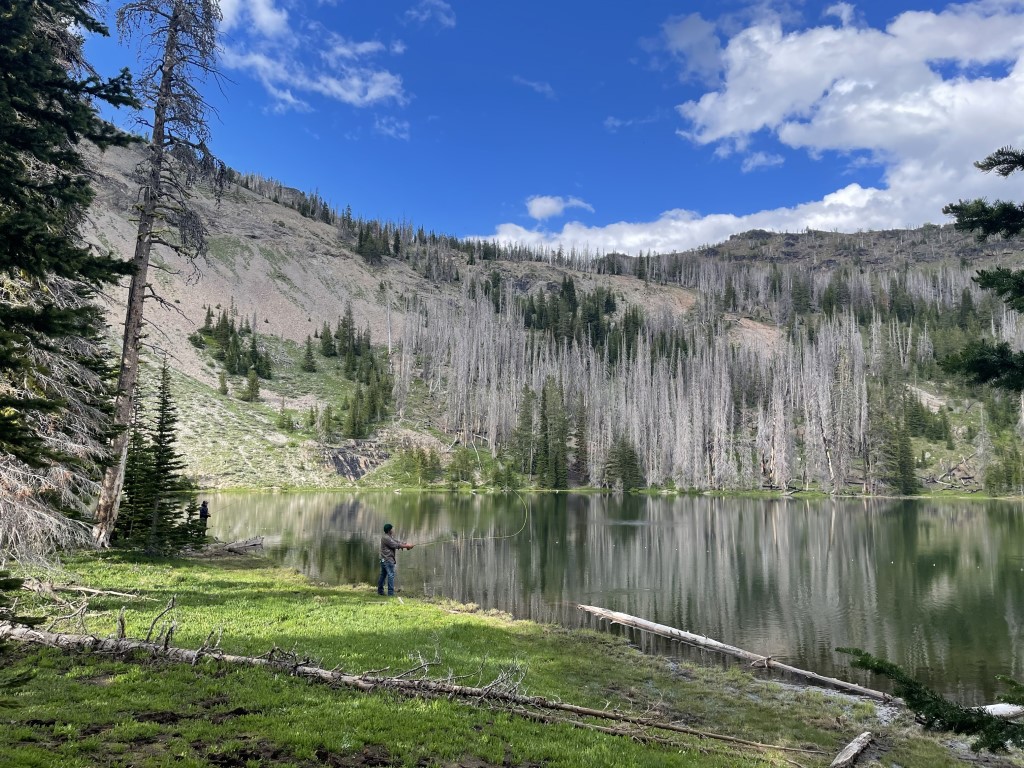For the 2022 Tribal Stewards crew, working in different places and seeing the varied scenery of Oregon was a definite highlight, but the mosquitoes, well … not so much.
Tribal Stewards is an initiative designed to give Tribal youth paid hands-on experience completing conservation projects and exposure to a range of natural resource fields and land managers. 2022 marks the third season of this collaboration between ONDA Northwest Youth Corps, and Tribal and federal land management agencies all working in partnership to host a group of Indigenous young adults in Oregon’s high desert and introduce them to natural resources and conservation careers.
Jevon Kindelay and Andrew Mike led this year’s program, with crew members Kiari Bullhead (Standing Rock Sioux), Joseph Dixon (Oglala Lakota), Alyssa James (Diné), Cyrina Kessay (White Mountain Apache Tribe), Dylias Jose (Colorado River Indian Tribes), Sylvester Juan (Tohono O’odham), Malik Martinez (Okanogan Colville), and Amare Ortega. The crew members, who are all students at the Chemawa Indian School in Salem, spent five weeks working on conservations projects with ONDA partners. This was the largest Tribal Stewards crew to date, with participants coming from Oregon, Washington, Arizona and North Dakota. And, as the season came to a close, the highest number of participants reported that they are interested in pursuing a career in a natural resources field — which ONDA was quite excited to see.
Read on for a summary of the impressive work the 2022 Tribal Stewards accomplished. You’ll also enjoy some real life perspective like only a teen can tell it, from crew member Alyssa James, who ONDA spoke with in August.
